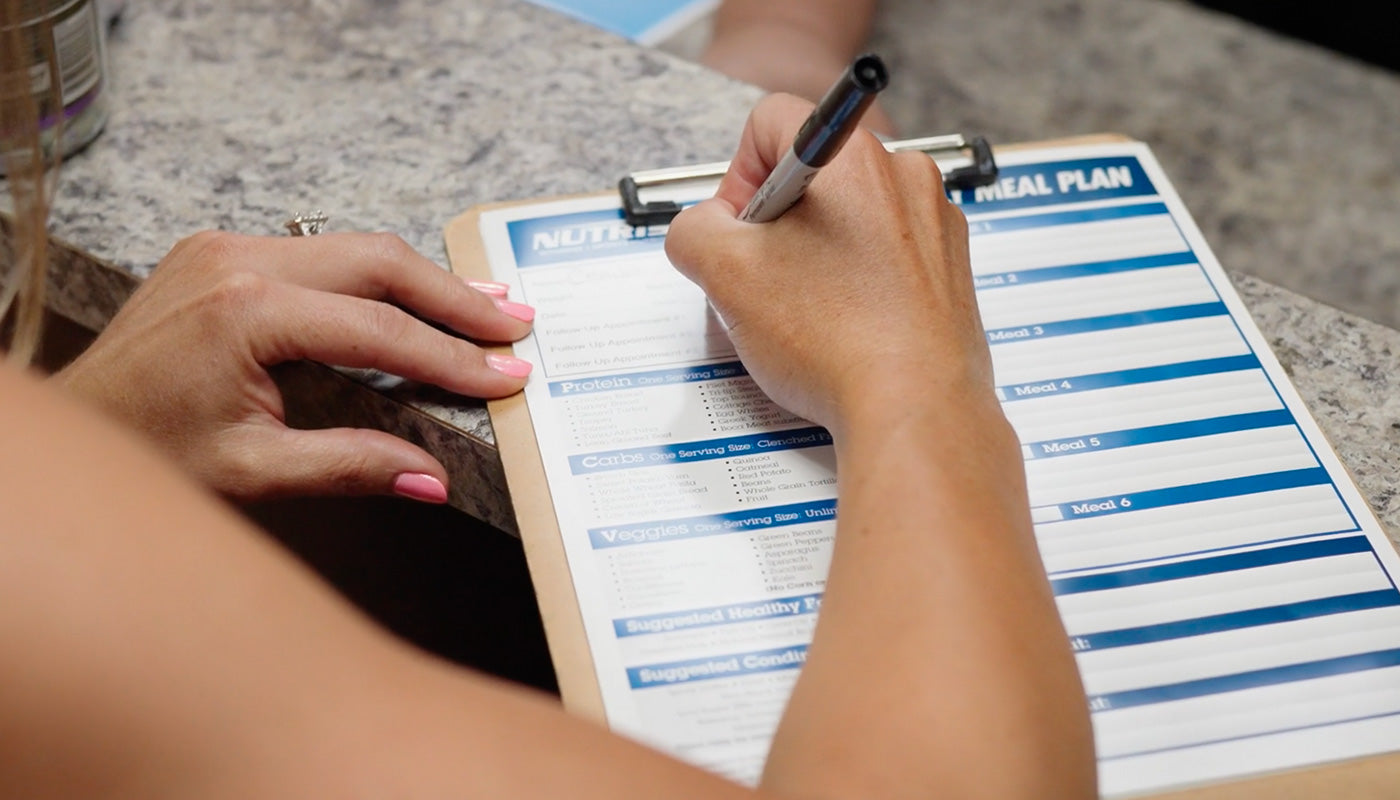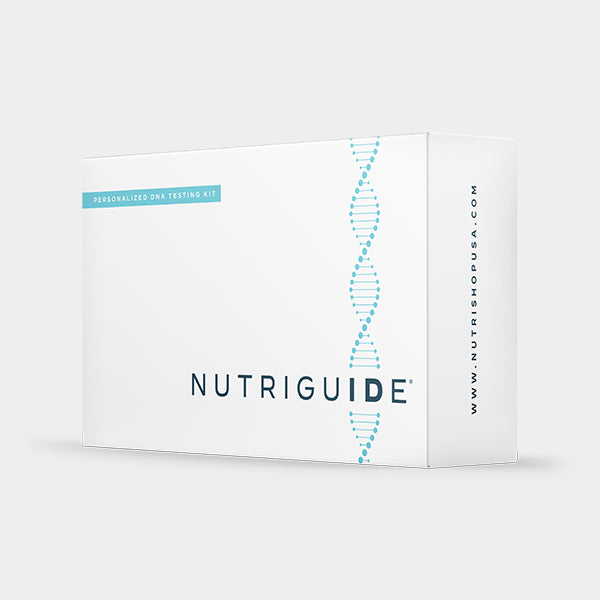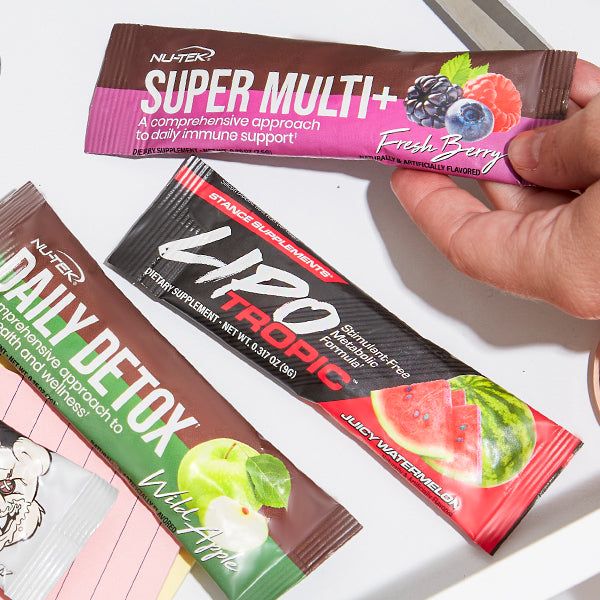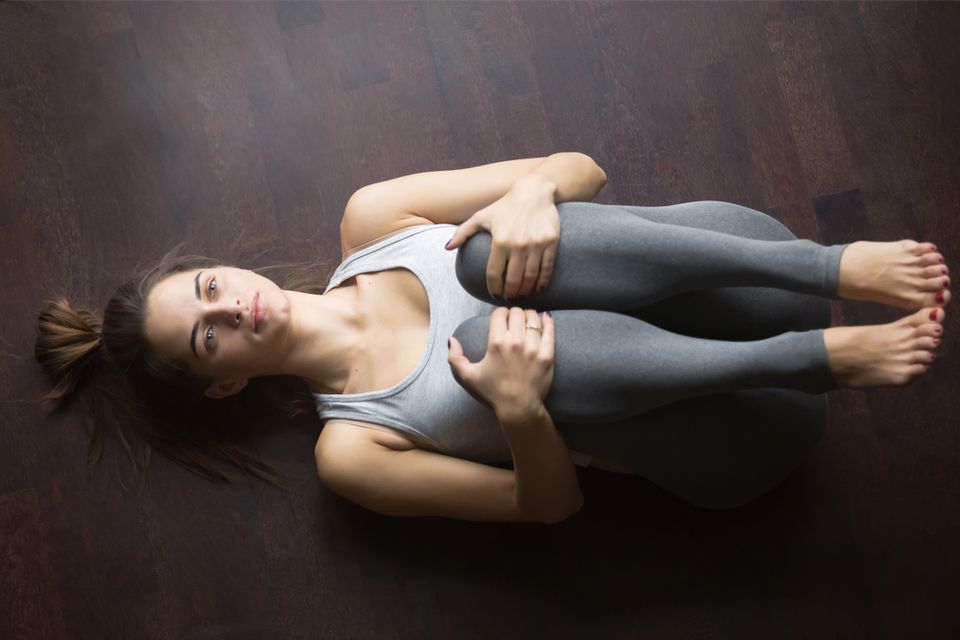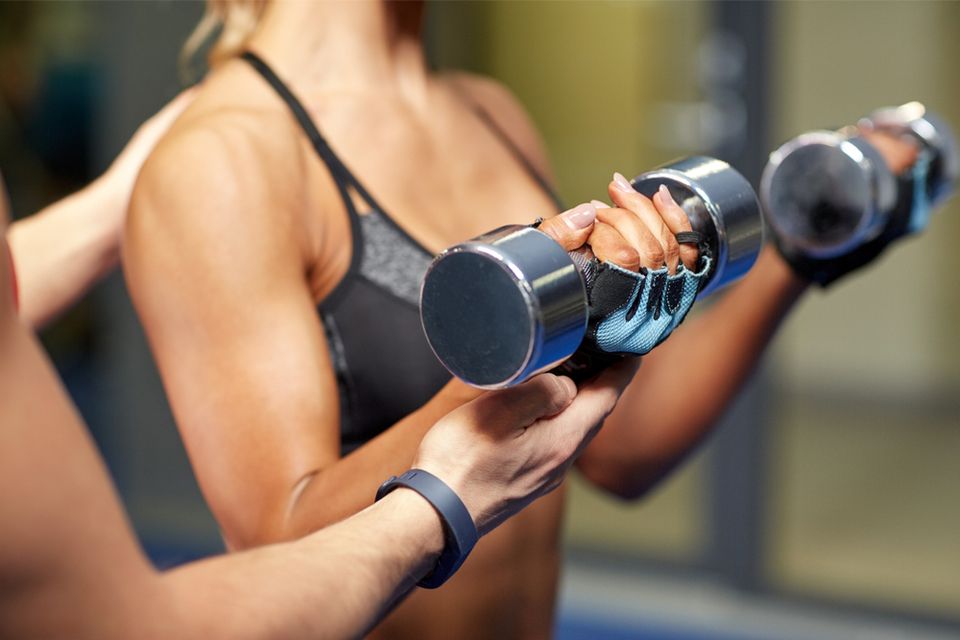Maybe you tried on a favorite pair of jeans and had to do that jump-up-and-down dance to get them over your thighs and derriere only to find out you couldn’t button them. Or, maybe your friend posted some photos of you on Instagram, but the person staring back at you from the pictures doesn’t really look like you, rather a larger version you. Or, perhaps a close relative or friend remarked like, “Hey, you’ve put on some weight, haven’t you?” Ouch.
Whatever your motivation is, you are now ready to begin your weight-loss journey. You’ve got a goal weight or size in mind, a solid nutrition plan to follow, and a workout regimen to do, so now what?
Keeping track of your before and after moments will motivate you more than anything else. Of course, you should record your actual weight each week, but don’t rely on the scale as your only source for charting your weight loss progress. Little successes such as an inch lost in the waist or a 1 percent decrease in your body fat go a long way in keeping you engaged and excited about losing weight and toning up. Logging your journey helps keep you focused on what’s working, what’s not, and whether you need to change things up when you’ve reached a plateau.
Here are three ways to track your progress for your big “after” reveal. Get a weight-loss journal and keep all the information in one place.
Snap To It
Nothing reveals your success more than photographs. Subtle changes can be tracked this way. Aim to take photos every week at the same time of day in the same outfit. Take front, side, and rear views. Just knowing that you have to take photos on Sunday morning might keep you from having chips and dip or that piece of cake at the party on Saturday night. Post the pictures in your weight loss journal or on your bathroom mirror for more motivation.
Measure Me Skinny
All you need is a measuring tape for this easy charting tool. Wear tight-fitting clothes or no clothes and take the following measurements each week or month and write them down in your weight loss journal.
• Chest: Measure around the chest right at the nipple line
• Waist: Measure a half-inch above your belly button or at the smallest part of your waist
• Hips, Thighs, Calves and Upper Arms: Place measuring tape around the biggest part of each of these body parts
It's All About Composition
Body composition is much different than body weight. Body composition takes into account lean muscle, bones, organs, fat, and other tissue. Muscle weighs more than fat, so some athletes could be considered overweight by weight charts when in actuality, they are very lean and muscular. Here are four ways to chart body composition:
- Skinfold Caliper Test: Almost every gym has certified trainers who can take your body fat measurements using a standard skinfold caliper test. The trainer will pinch key areas of your body to measure the thickness of that skinfold. If done correctly, these tests can be up to 98 percent accurate. The key is to get the same person to do the tests each week or month.
- Underwater/Hydrostatic Weighing: This is probably the most accurate method for assessing body composition. For this test, you would sit in a large tank of water. Lean mass is denser than water, and fat mass is less dense than water. So, if you have more body fat, you will weigh less underwater and be more buoyant.
- Body Mass Index (BMI): This test uses a calculation of your weight and height to determine your BMI. It’s not always accurate, especially if you have more muscle than fat. But, it’s a start to understanding where you might stand on the BMI chart. For example: Someone who is 5-foot-6 (66 inches) and weighs 160 pounds has a BMI of 25.8 (BMI Calculation: 160 / (66 x 66) x 703 = 25.8). Ideally, a man’s BMI should be between 15 and 18 percent, while a woman’s should be between 22 to 25 percent. A BMI of more than 30 percent means you are obese.
- InBody Composition Scan: This device offers a 15-120 second, non-invasive, full-body composition analysis that breaks down your weight in terms of muscle, fat, bone, and water. The results sheet contains the amounts and percentages of fat and muscle throughout the body and how your individual body composition compares to a projected healthy range. Most NUTRISHOP locations have an InBody device to accurately measure your body composition and help you with your goals!
Remember, weight loss is a journey. Be patient and be kind to yourself. It may have taken years to put on the pounds, so you can’t lose them overnight. Celebrate your successes and stay focused on your goals. Good luck!
